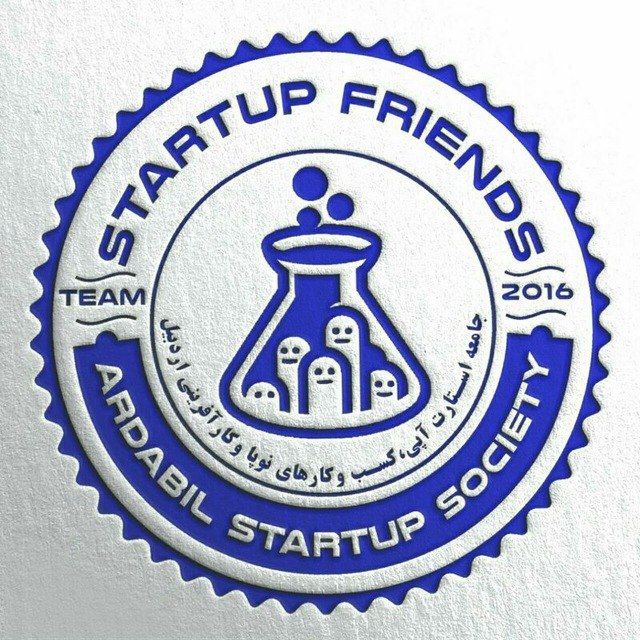Executive model of organizational entrepreneurship
First of all, I agree that organizational entrepreneurship aims to create companies and organizations that remain entrepreneurs. Organizational entrepreneurship has two basic dimensions from the executive aspect;
What is the ownership of the thoughts, ideas and creativity that a person brings up in the organization? Scattered and distributed or one place and concentrated? Is there a specific trustee for organizational entrepreneurship in the organization? That is, if someone has an idea for organizational entrepreneurship, where should he go in the organization?
What resources does the organization provide to employees, managers and members? Is there a specific and independent budget? Is the budget allocated or temporary and ad hoc?
These two dimensions form a quadrilateral matrix, each of which provides an executive model of organizational entrepreneurship. Today we are going to talk about this model, what it is and what it means.
1- Opportunist: distributive ownership and temporary budget (Zimmer Company)
2- Enabler: Distributive ownership and the possibility of monetary allocation (Google Company)
3- Advocate sponsor: centralized ownership and temporary budget
4- Producer: centralized ownership and the possibility of monetary allocation
opportunistic
This model is the weakest executive model of organizational entrepreneurship. It means that the organization does not provide the necessary resources to the person who has an idea and does not have a budget. There is only one person who has an idea, and for example, he has to implement his idea through his social network. In this model, only one person has identified an opportunity and has only one opportunity at his disposal without any help. It means that the organization does not have a conscious and specific approach to organizational entrepreneurship and only internal and external networks help people who have ideas.
enabler
Senior managers pay attention to advanced projects. For example, Google does not give ownership of ideas to employees, but allocates a budget for new ideas and supports them. There is no specific place in the organization to present ideas. For example, Google allocates 20% of the employees’ time to themselves to do the activities and ideas they like (for example, Gmail service was created this way).
Supporter
For example, this model has been implemented in the Du Pont company, where it focuses on coaching and encouraging business units to pursue new opportunities, as well as transformation in business units and support for entrepreneurial teams in the company. It means that people get a lot of support. The focus of this model is on monitoring. It is a unit in the organization, but it gives a case-by-case budget.
producer
The most complete type of executive model of entrepreneurship. In fact, it pays close attention to corporate entrepreneurship with coaching and the reintegration of business concepts. Cargill uses this model in its company. In this executive model, there is a certain organizational unit and a full budget is allocated, there is an expectation of production, the leadership is respected and has authority, and a lot of attention is paid to corporate entrepreneurship.
Sincere
@startup_30T
This post is written by Rimaazz1
